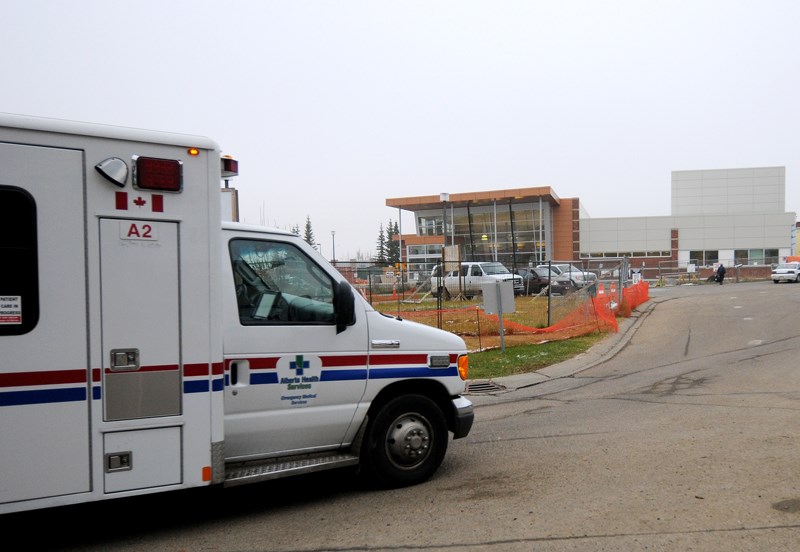With an eye on "refocusing Alberta's health care system," the Alberta provincial budget for 2024 is adding $1.1 billion in additional health spending above previous budget forecasts, although spending is not keeping up with inflation and population growth.
The budget increase brings the total health operating expense to $26.2 billion in 2024, and includes major allocations for capital projects, primary care, and organizational restructuring.
Health expenses are expected to rise 2.5 per cent in each of the following two years to reach $27.5 billion by 2026. The increase in operating costs will be partially offset by $997 million in new federal transfers from two bilateral agreements.
Spending won't keep up with population growth and inflation in the province, which hit 8.7 per cent in 2022-23 and 7.4 per cent in 2023-24.
Health care operating spending will see a 4.4 per cent boost compared to last February’s budget, bringing it to $26.2 billion
“In Budget 2024, Alberta’s government is continuing to prioritize the delivery of high-quality, reliable health services across the province. This year’s record investment of $26.2 billion in health care will help us continue toward our goals of improving primary health care, adding capacity, reducing wait times, growing the workforce and advancing the Healthcare Action Plan,” Health Minister Adriana LaGrange said in a news release.
Primary care and restructuring
The budget includes $475 million for primary care, about 40 per cent of which is dedicated to improving access to primary care physicians over the next two years. Among the recommendations included in the province's Modernizing Alberta's Primary Health Care System (MAPS) initiative was the introduction of a payment system for nurse practitioners to open their own clinics. This year's fiscal plan has $15 million to support an NP compensation model and to expand capacity.
Primary health care initiatives in Indigenous communities will also receive $10 million.
As part of the UCP restructuring of AHS, new provincial health care organizations will be created for acute care, continuing care, mental health and addiction, and primary care. This "refocusing" comes with an estimated price tag of $85 million split over two years: $15 million in 2023-24 and $70 million in 2024-25. The government has said these costs will be offset by efficiencies created within the system by this restructuring.
The costs of transitioning DynaLIFE assets to Alberta Precision Laboratories is also reflected in the budget, with a total cash consideration of $35 million.
Alberta's newborn screening program, which tests babies for certain conditions shortly after birth, will get $8 million over the next three years, and $10 million will go to developing a provincial midwifery strategy.
Major capital projects
About $3.6 billion of the capital spending is dedicated to health care-related projects like hospital upgrades, development of mental health facilities, and continuing care expansions.
The largest capital allotment, $810 million, will go to the redevelopment and expansion of the Red Deer regional hospital. The construction of a new hospital in the Town of Beaver Lodge, which received $25 million in funding, is expected to begin later this year.
The province has also put $35 million towards acquiring new ambulances and other equipment for emergency medical services.
A total of $20 million, of which $17 million is new funding, will go to planning a new standalone Stollery Children's hospital in Edmonton. At a news event in Edmonton earlier this week, LaGrange said there was no timeline for the completion of the project.
“A level of planning will now go into the next stage where it really starts to look at where will this facility go. What is going to be incorporated within the walls of that facility. How do we then take that to the next phase of a business plan, a functional plan, which then leads to the design and build stage, so this really just takes it up a notch,” LaGrange said.



